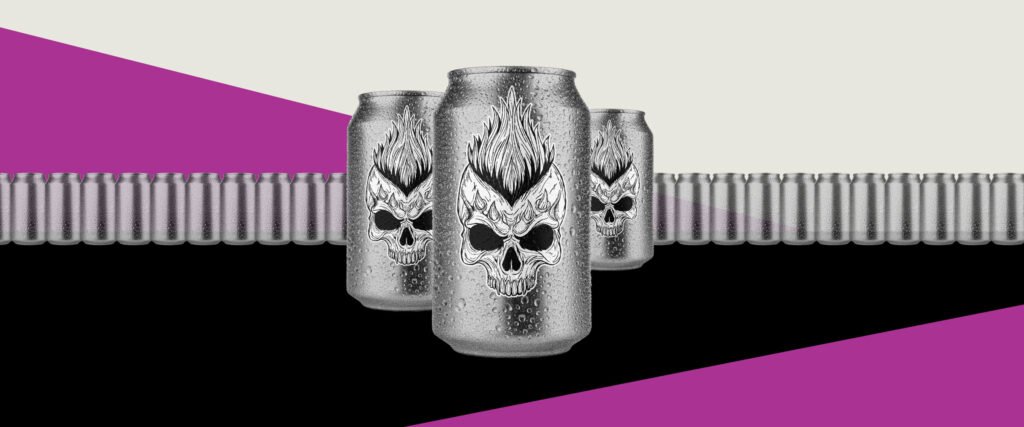
The marketing funnel is dead. Not because it’s old, but because it’s linear—and modern customer behavior is anything but. Customers don’t move predictably from awareness to purchase to loyalty. They spiral, skip stages, reverse direction, and make decisions based on accumulated micro-experiences across multiple touchpoints that traditional funnel thinking can’t account for.
The Network Effect of Brand Experience
What we’re really dealing with is network dynamics, not funnel mechanics. Each brand interaction influences the probability of future interactions, creating compound effects that accumulate over time. One exceptional post-purchase email can influence three future referrals. One confusing onboarding experience can decrease lifetime value by 40%. Traditional funnel metrics miss these interconnected impacts entirely.
This is why ecosystem thinking outperforms journey mapping: instead of optimizing discrete stages, it optimizes systemic coherence. The goal shifts from moving customers through a sequence to creating consistent value across every possible interaction.
The Retention Economics of Ecosystem Design
The mathematics of customer retention reveal why ecosystem approaches generate superior business outcomes. According to research by Frederick Reichheld, increasing retention rates by just 5% can increase profits by 25-95%. But retention isn’t driven by individual touchpoints—it’s driven by the cumulative quality of the brand relationship.
Ecosystem thinking designs for relationship depth, not just transaction frequency. It recognizes that modern loyalty isn’t about points or discounts—it’s about consistent value delivery across multiple contexts and timeframes.
The Framework: Brand Resonance Architecture
Instead of mapping customer journeys, successful brands architect brand resonance—the systematic design of coherent experiences that reinforce core brand promises regardless of entry point or interaction sequence.
Brand resonance architecture has four components:
Coherent Voice: Consistent tone and message across all touchpoints that builds familiarity and trust.
Progressive Value: Each interaction delivers immediate value while building toward larger outcomes.
Systematic Surprise: Unexpected moments of delight that create positive emotional memories.
Compound Utility: Services and content that become more valuable with continued engagement.
The Starbucks Model: Ecosystem as Competitive Moat
Starbucks doesn’t just sell coffee—they’ve architected a lifestyle ecosystem that makes competitive switching psychologically expensive. Their app doesn’t just facilitate ordering; it creates behavioral habits. Their rewards program doesn’t just encourage frequency; it builds identity. Their store design doesn’t just provide ambiance; it creates a third space that customers defend culturally.
This ecosystem approach is why Starbucks can charge premium prices for commodity products. Customers aren’t buying coffee—they’re buying membership in a systematically designed lifestyle experience.
Moving from Campaigns to Systems
The future belongs to brands that think systemically rather than campaign-centric . Instead of launching discrete initiatives, they architect integrated experiences that create sustained value for customers while building defensible competitive advantages.
Because the strongest brands don’t win individual transactions. They win entire relationships.
About the Author

Kirt P, is pioneering the convergence of brand strategy and product development in an era where customer experience defines market winners. Through his work across Fortune 500 enterprises and breakthrough startups, Kirt has developed a methodology that transforms products into brand ambassadors where every feature becomes a strategic statement and every interaction reinforces market positioning. He’s redefining how brands enter markets by creating products that don’t just serve customers, but shape cultural conversations. Kirt believes the future belongs to brands that embed their strategic vision directly into product DNA, making differentiation impossible to replicate and customer loyalty inevitable.




